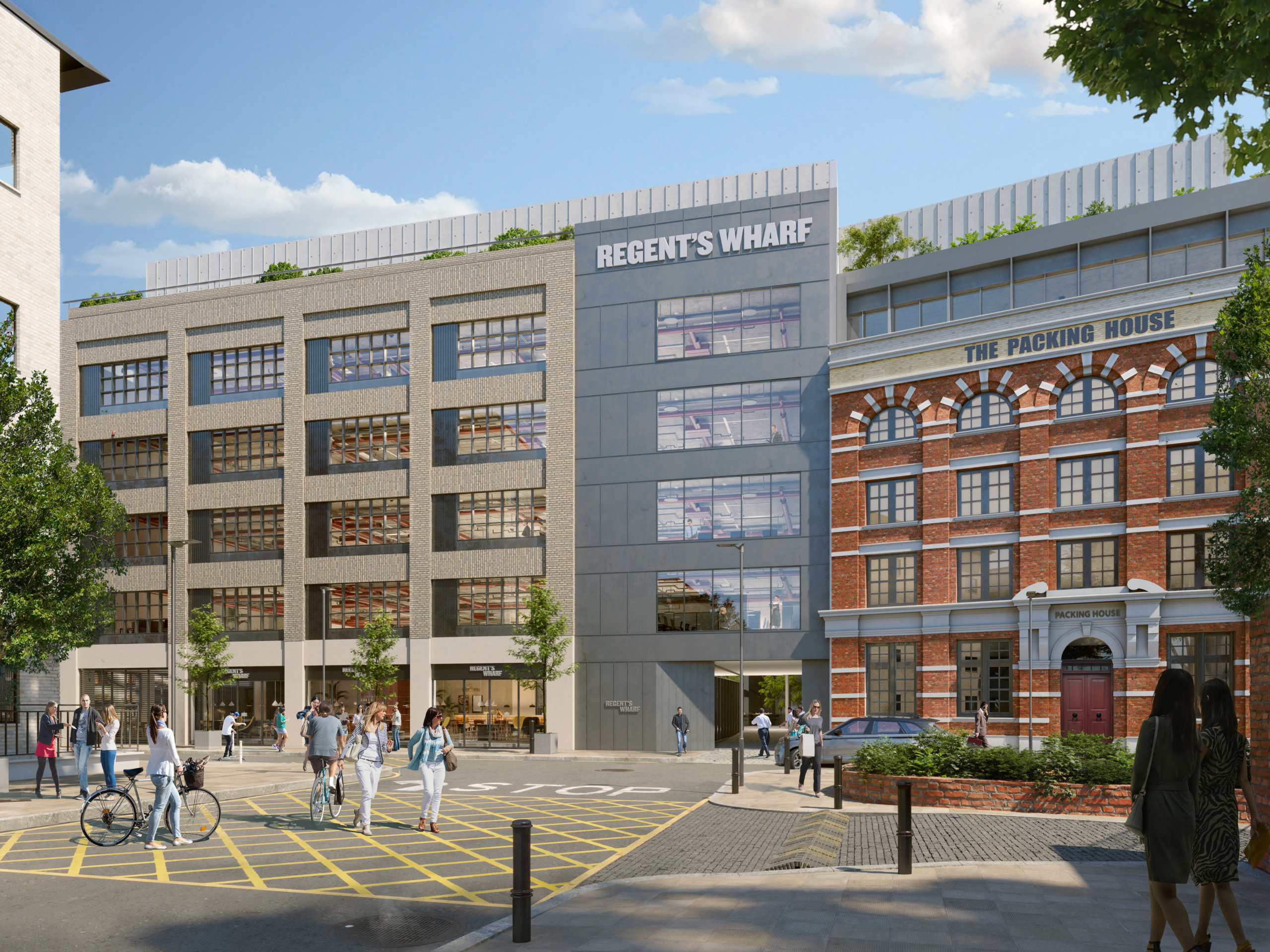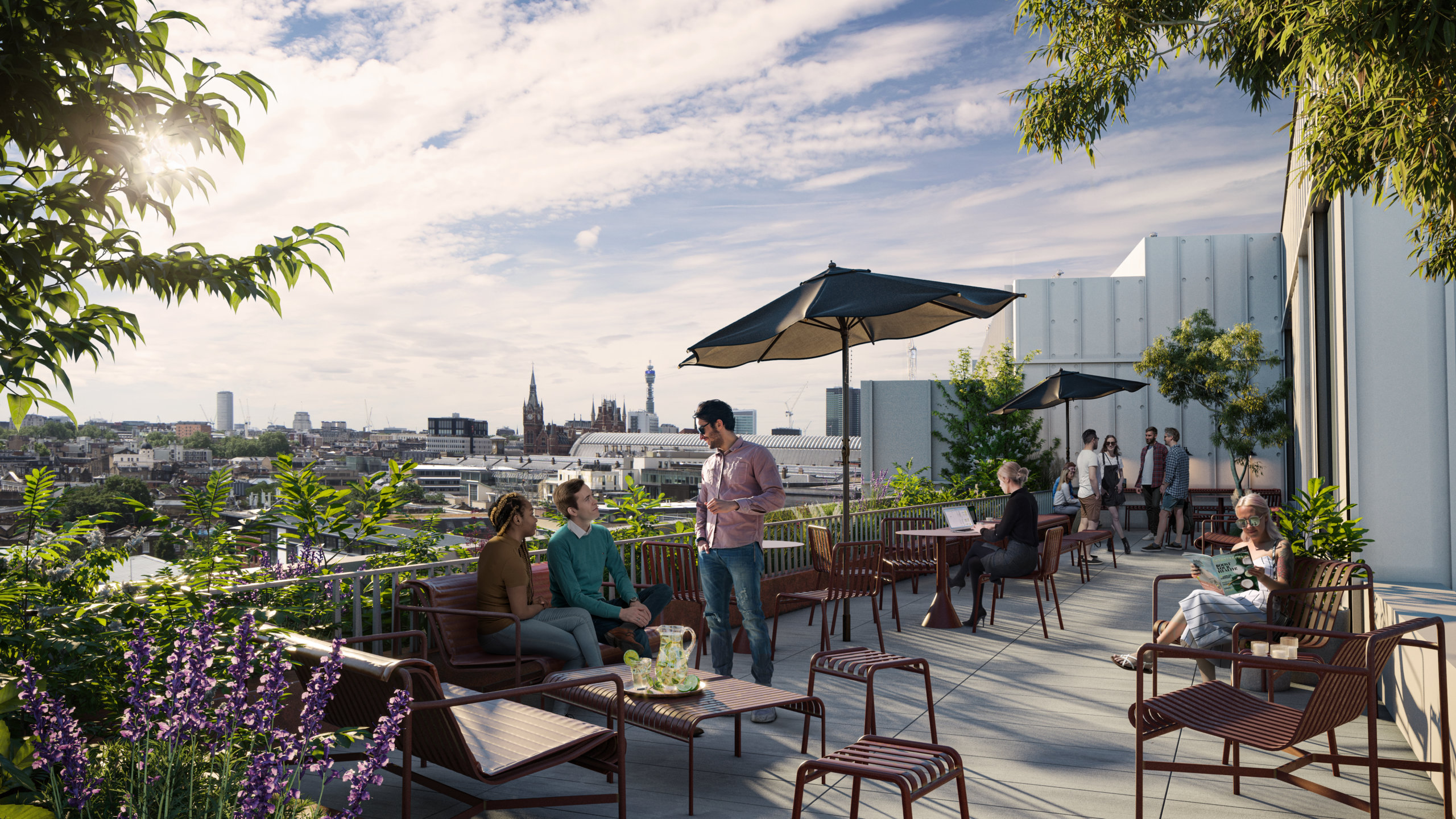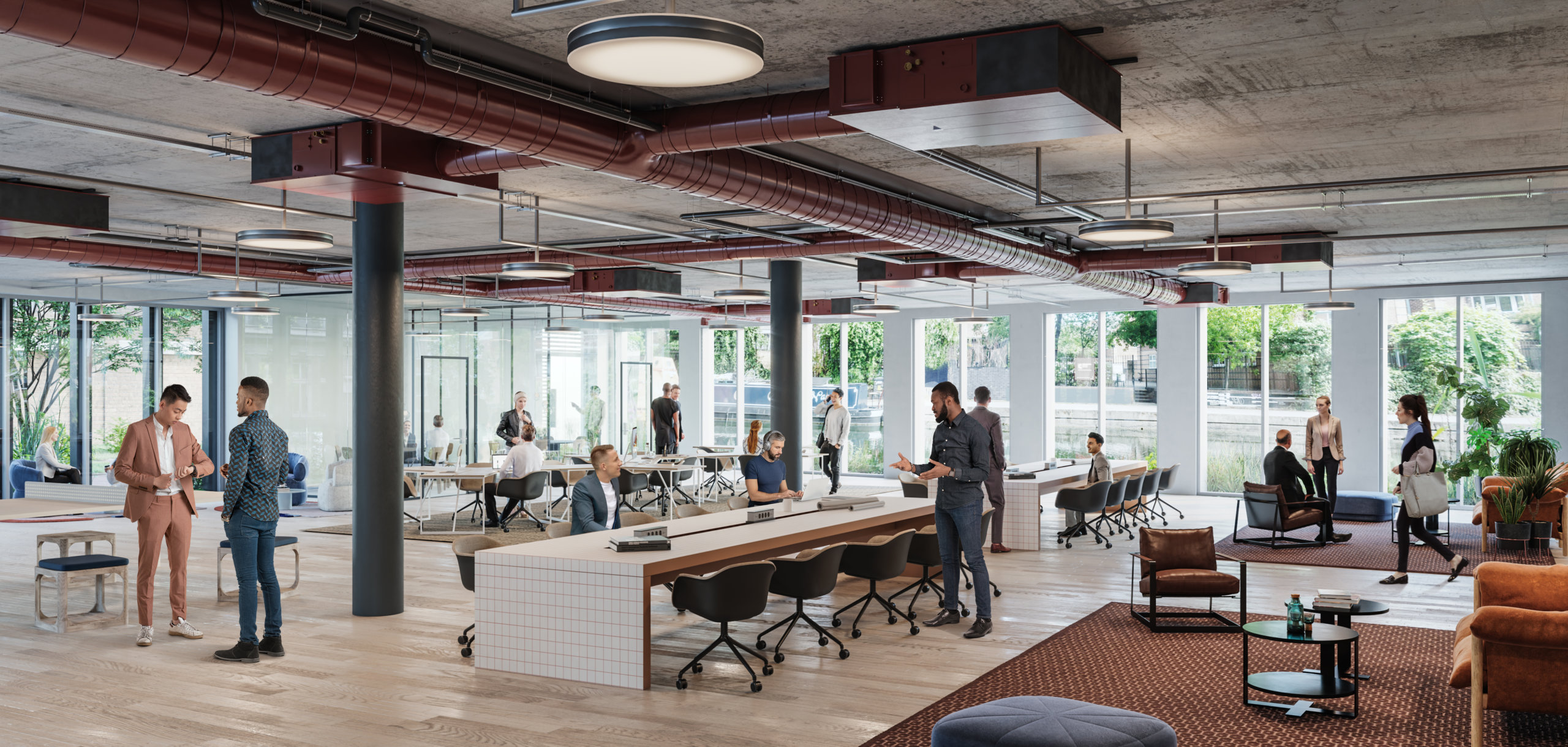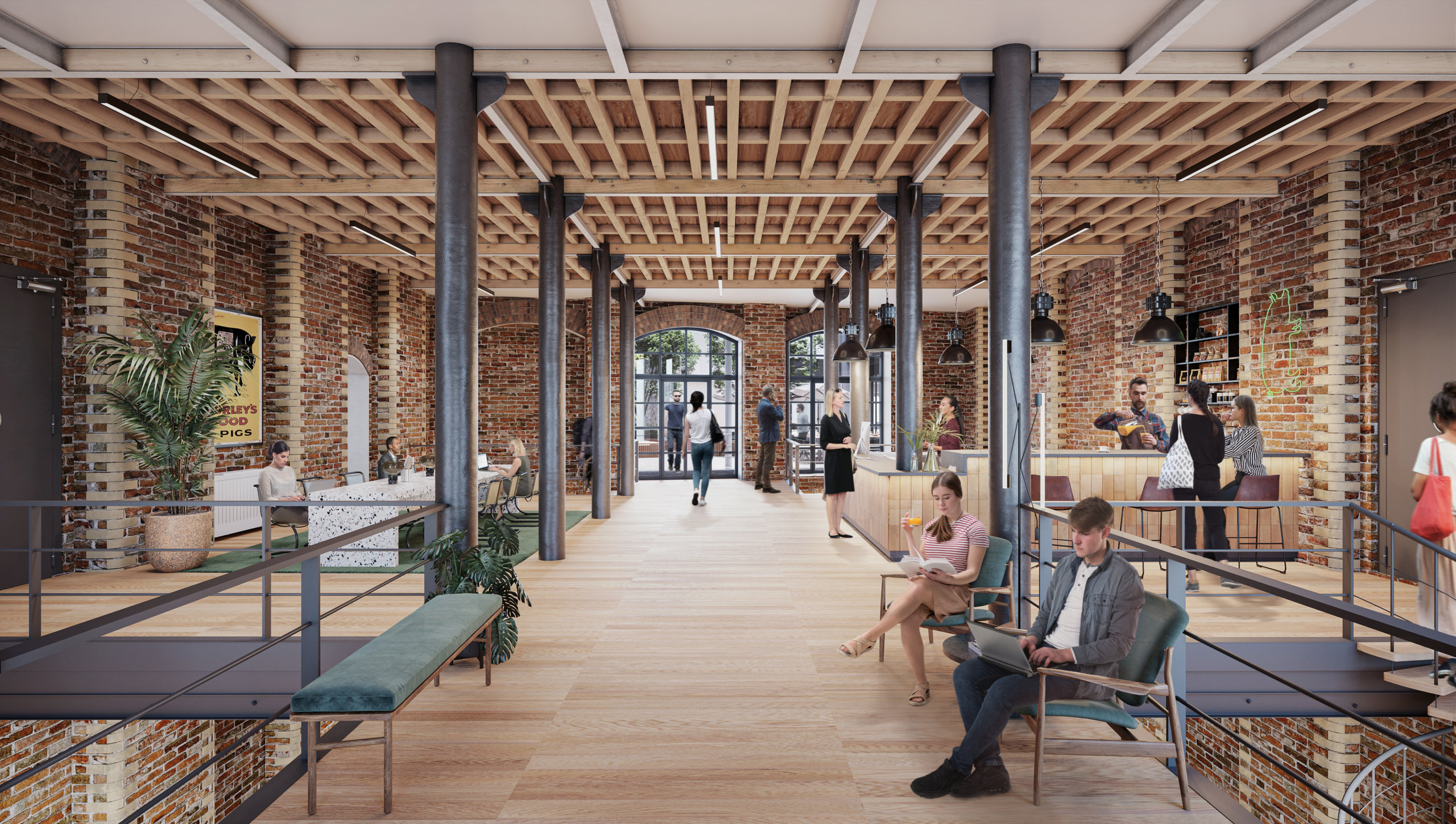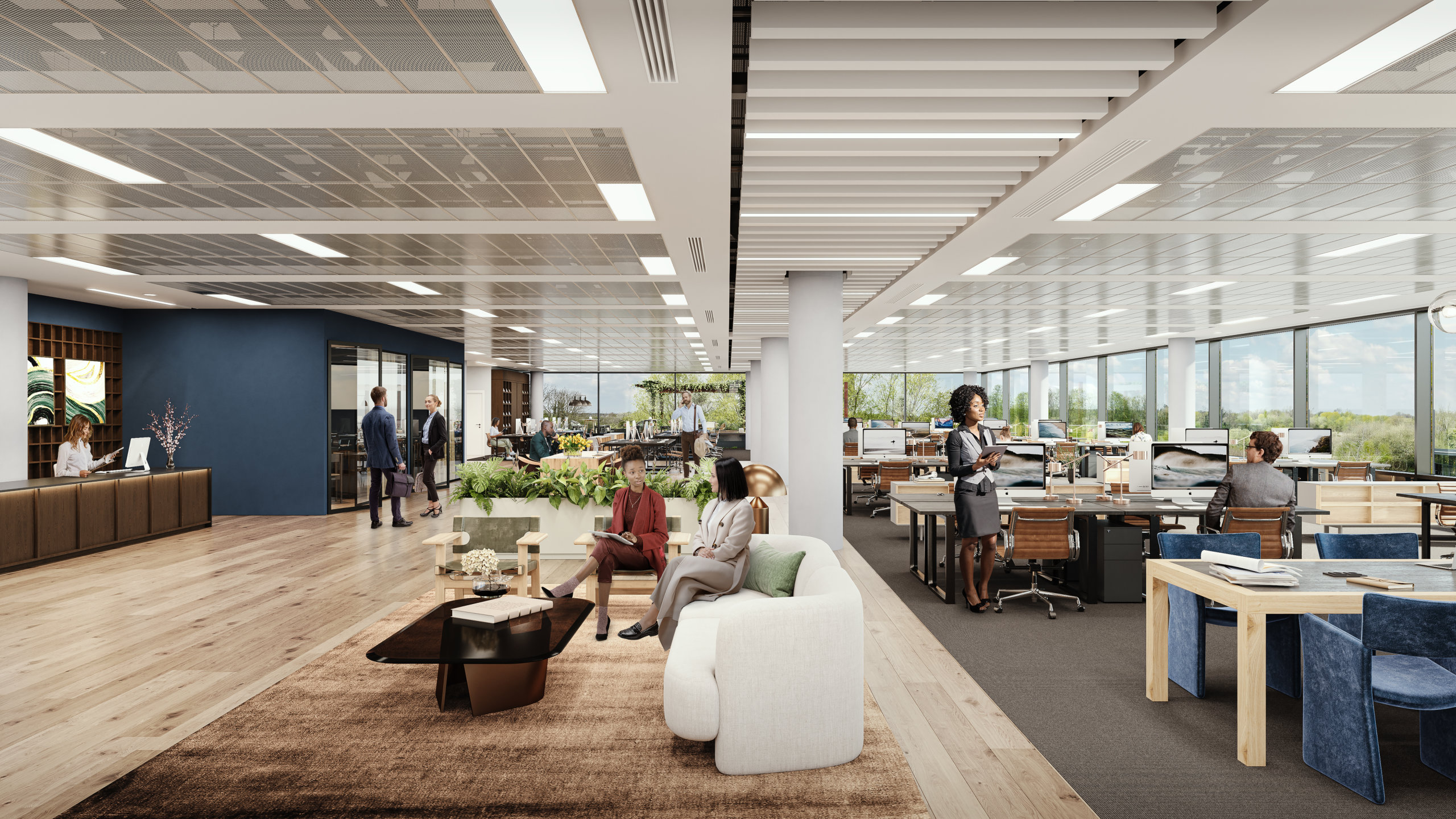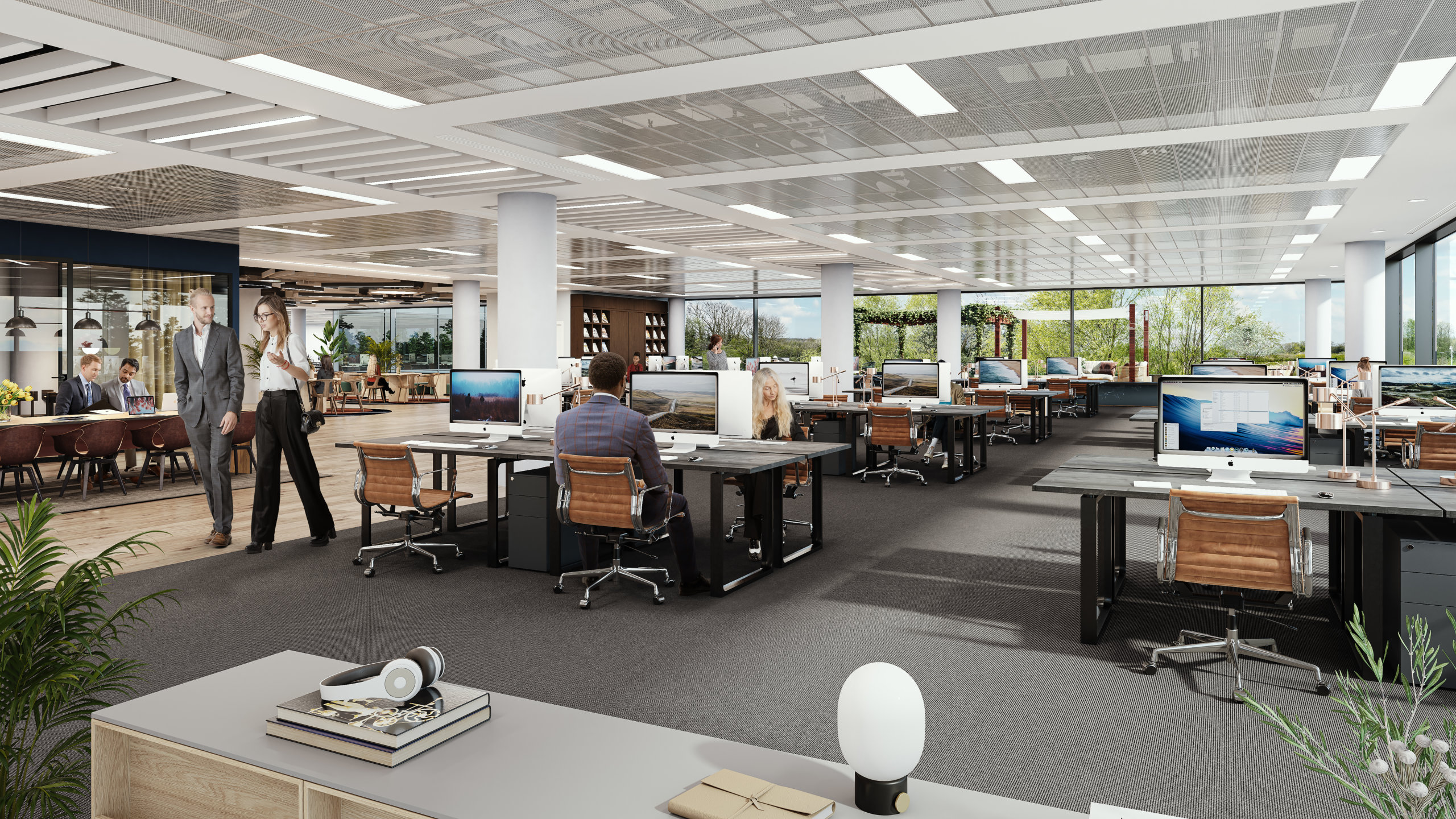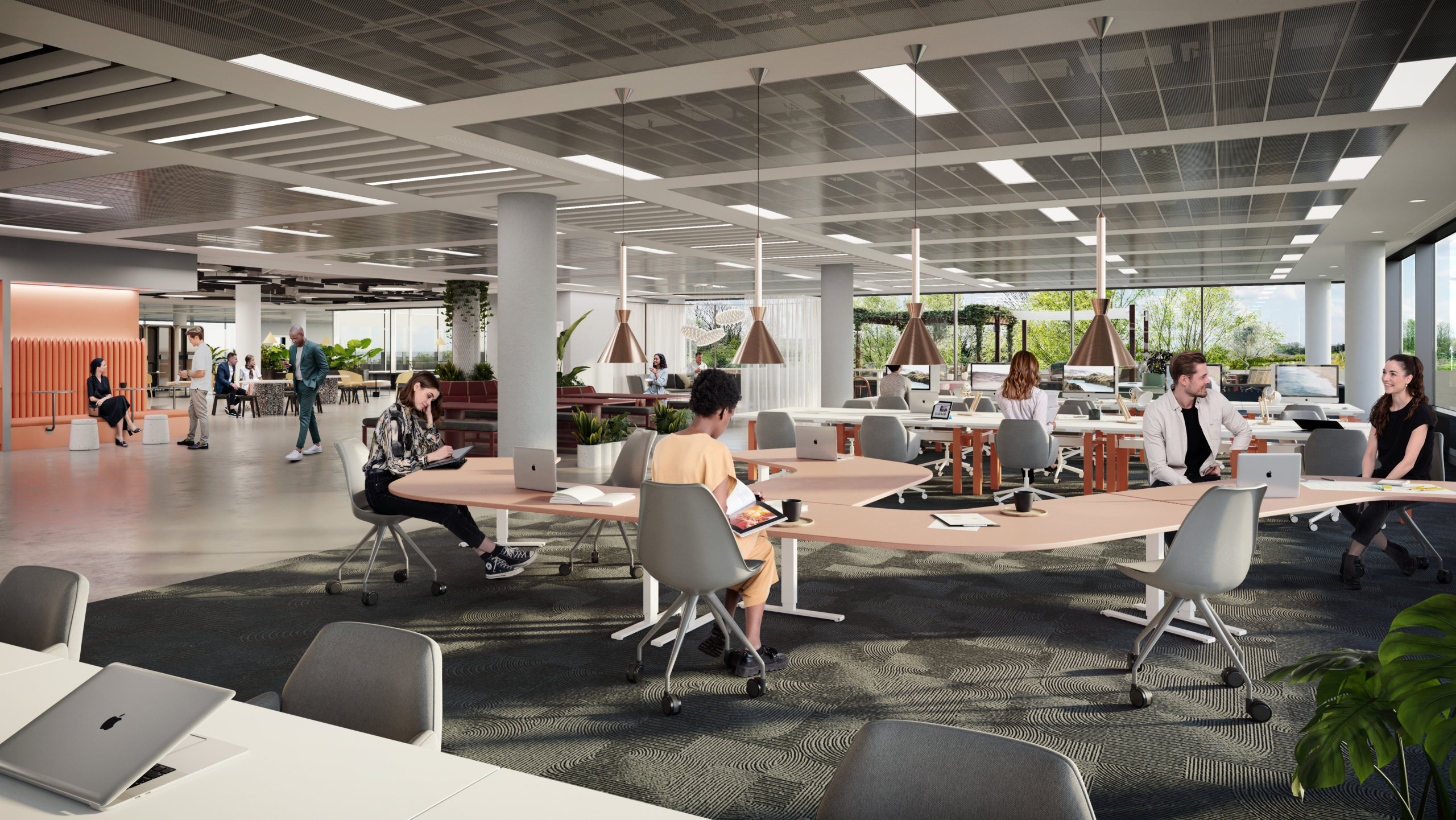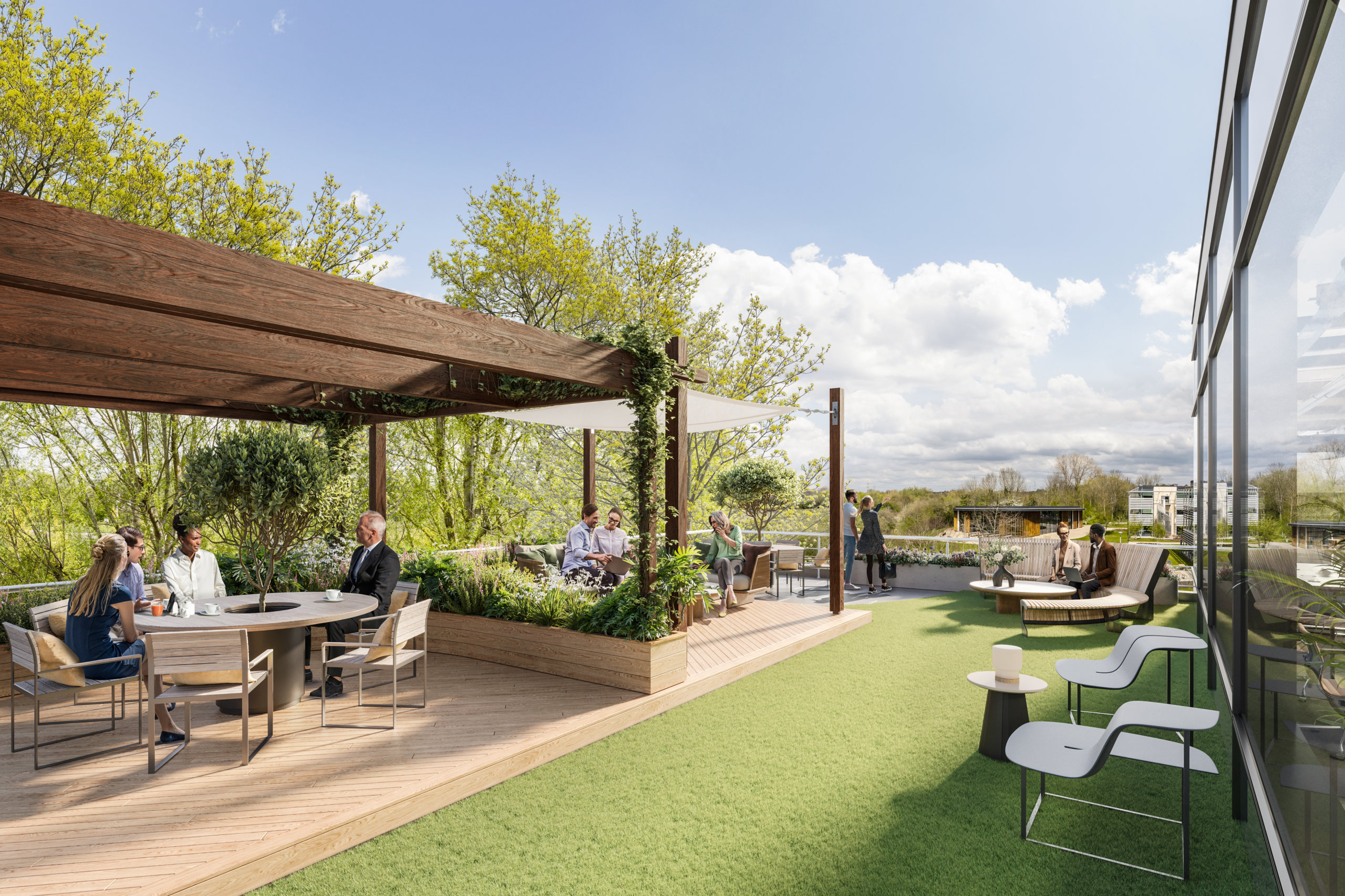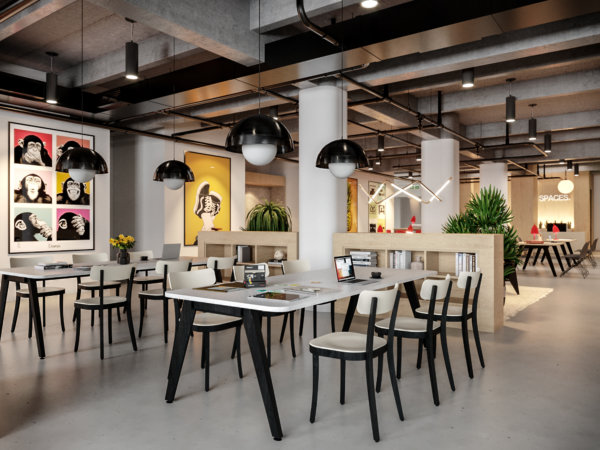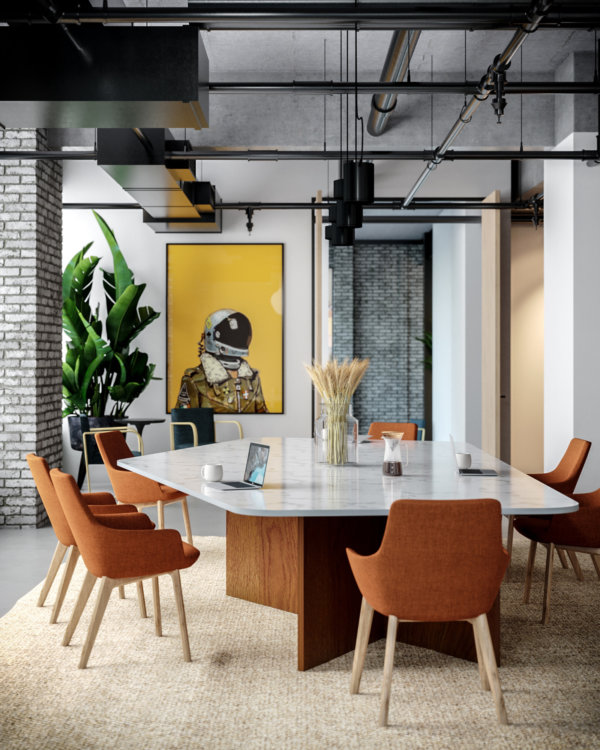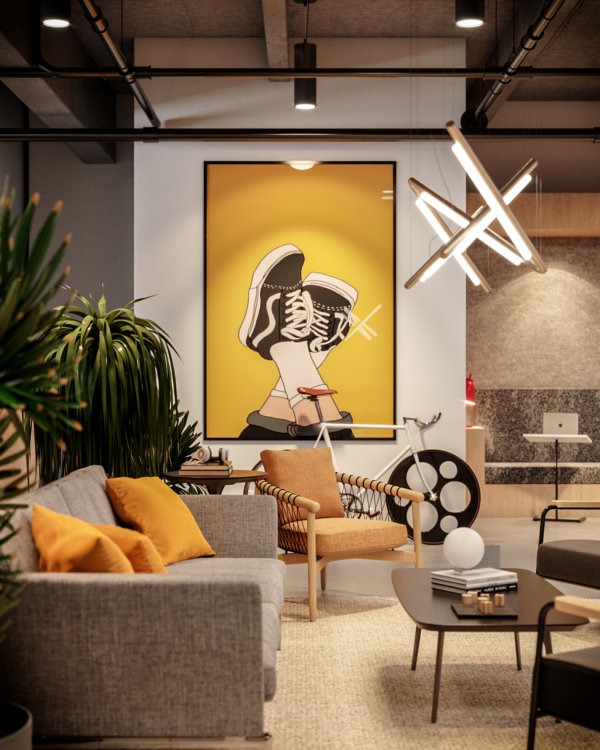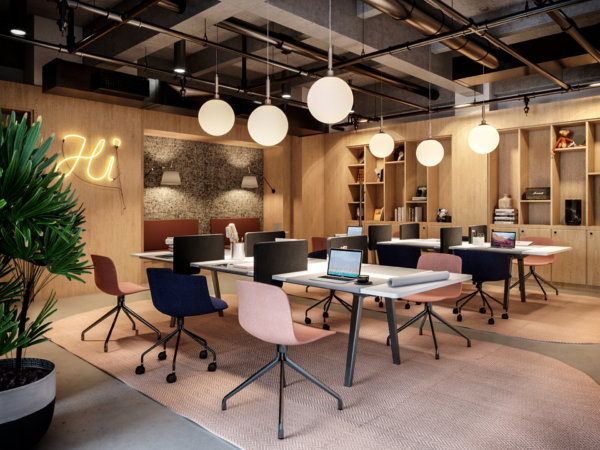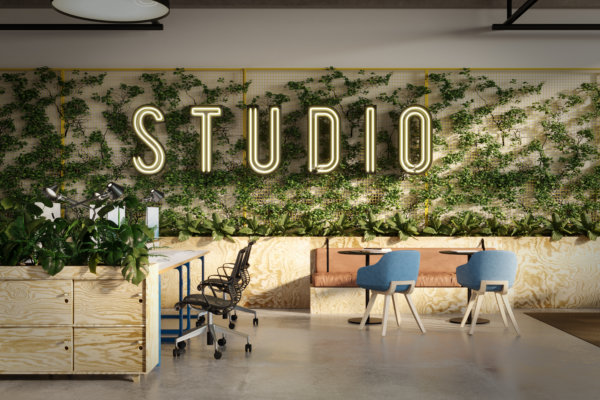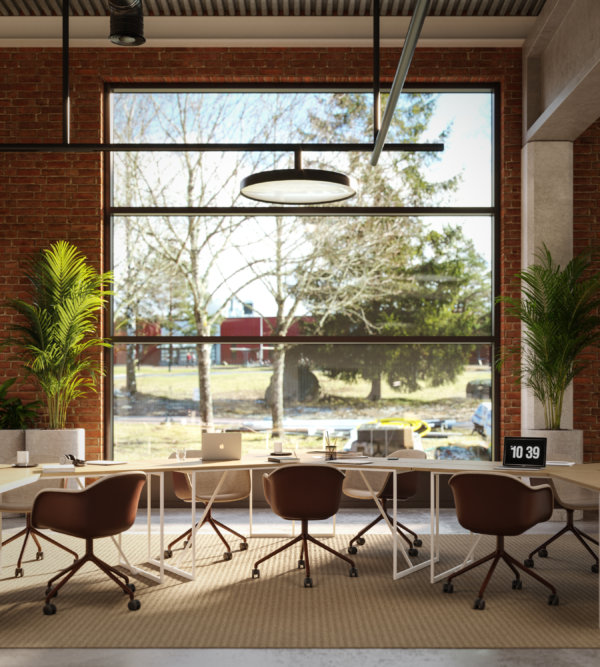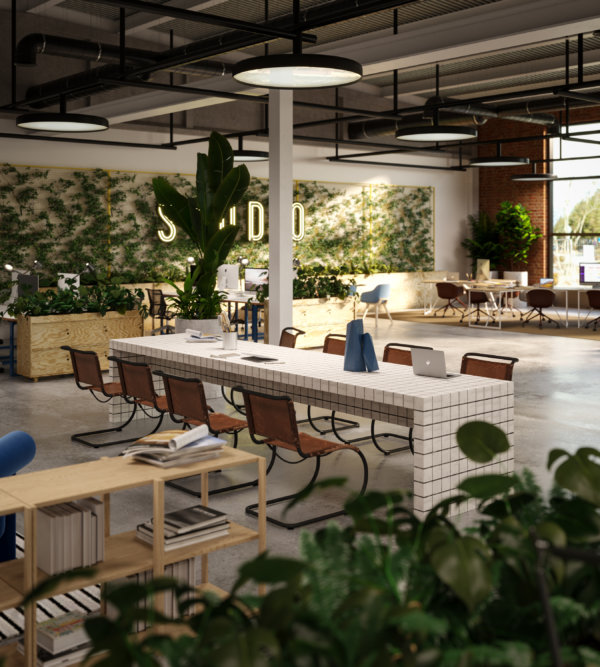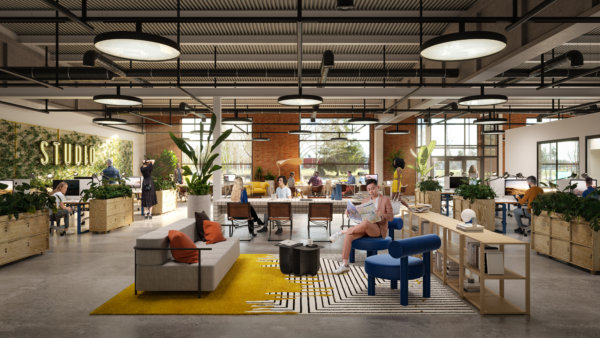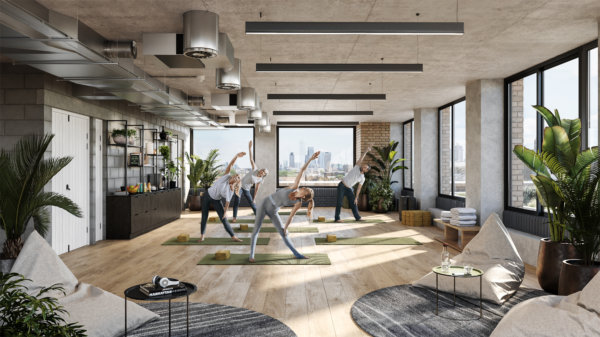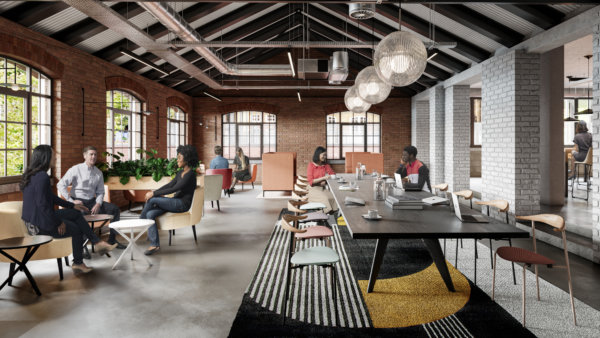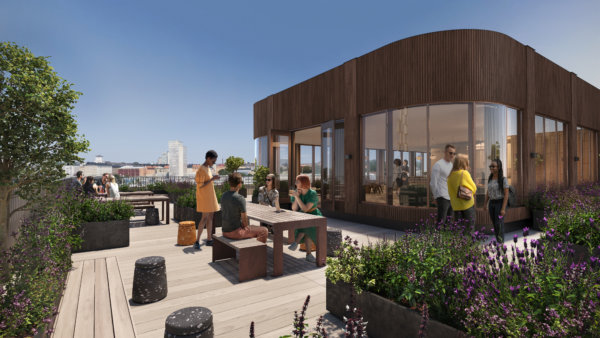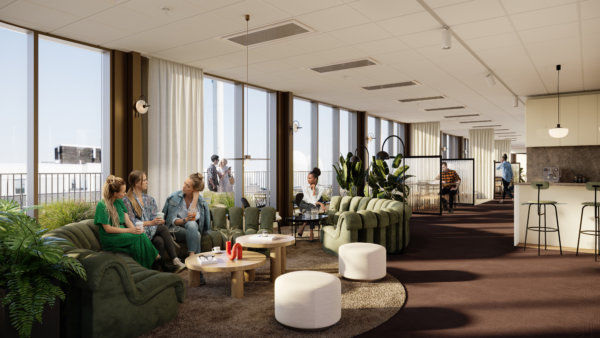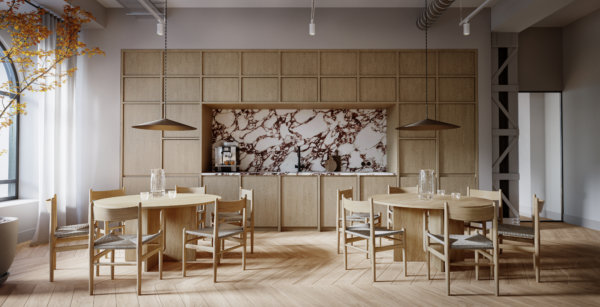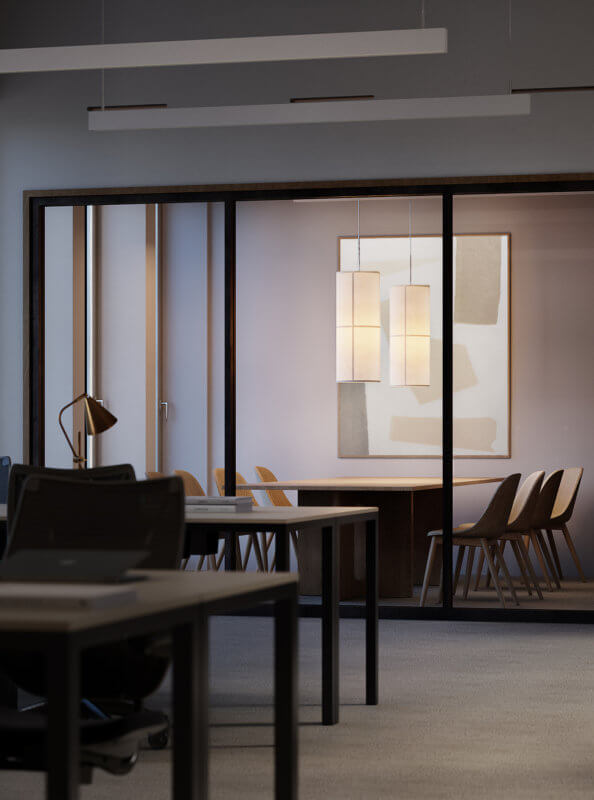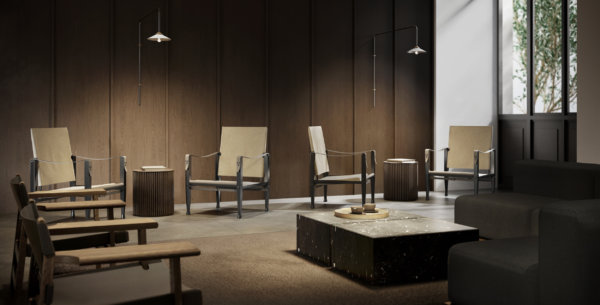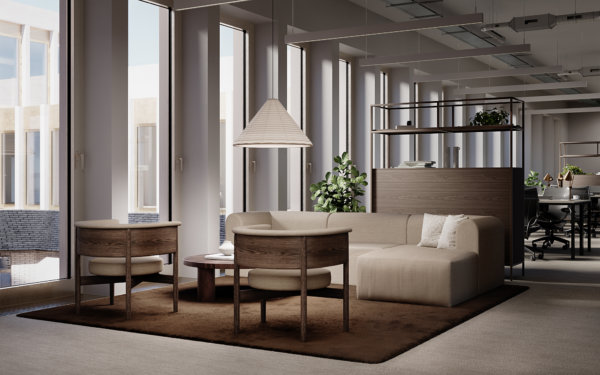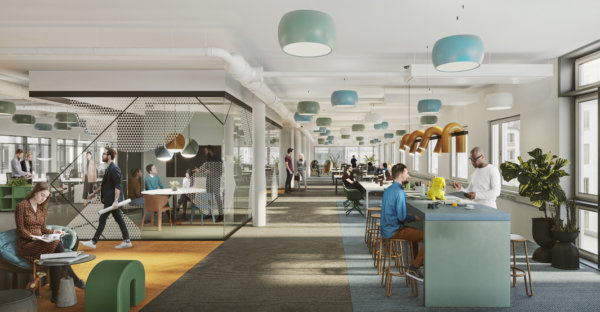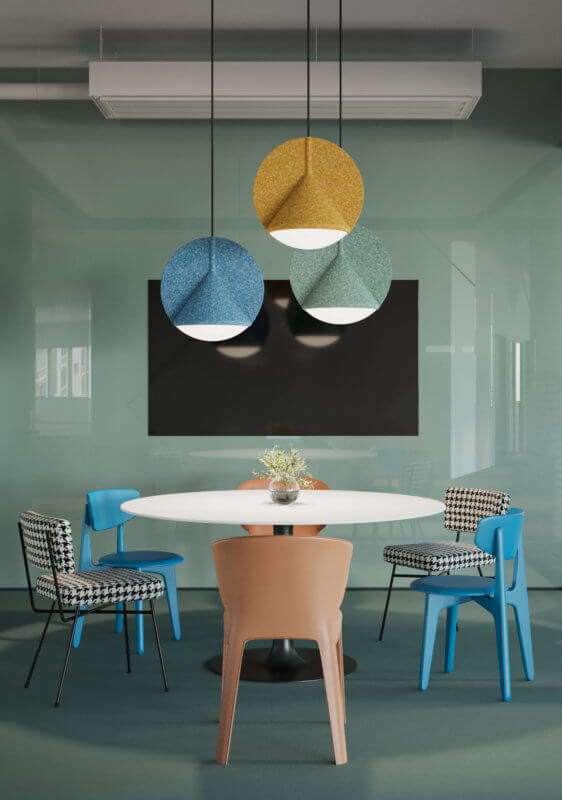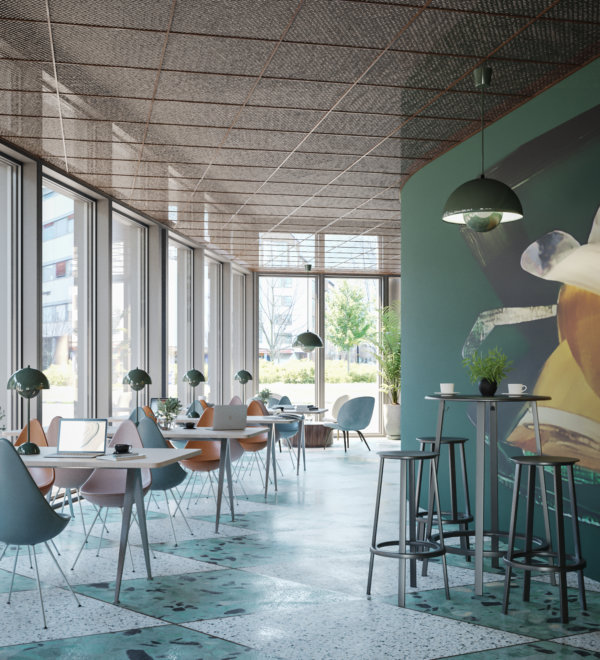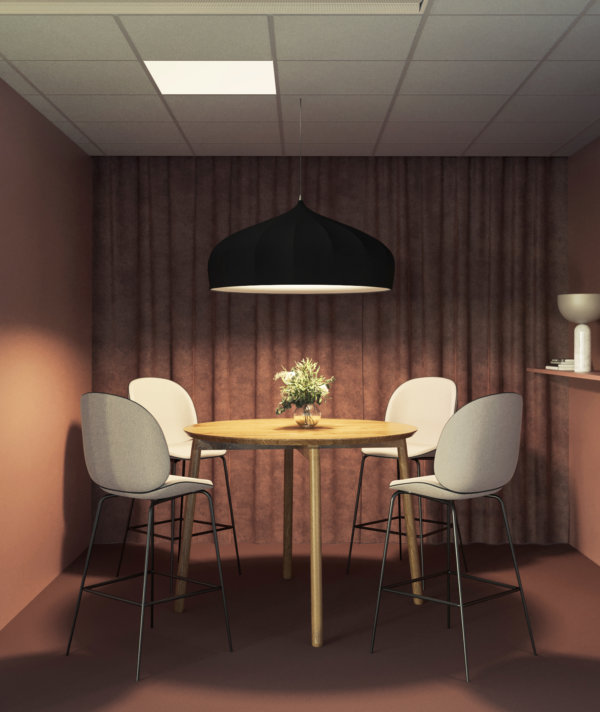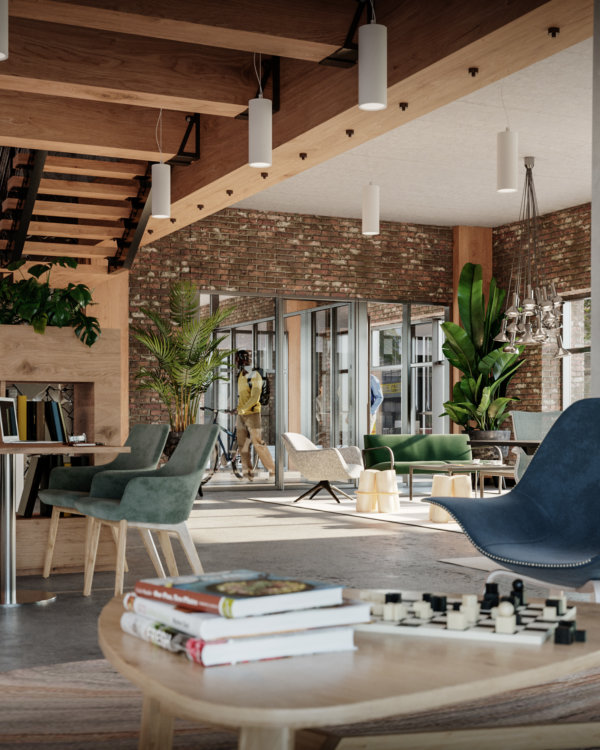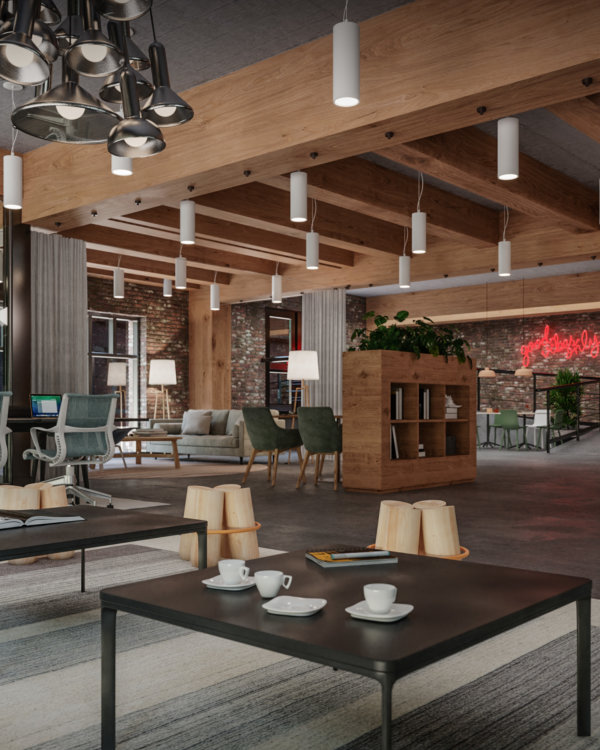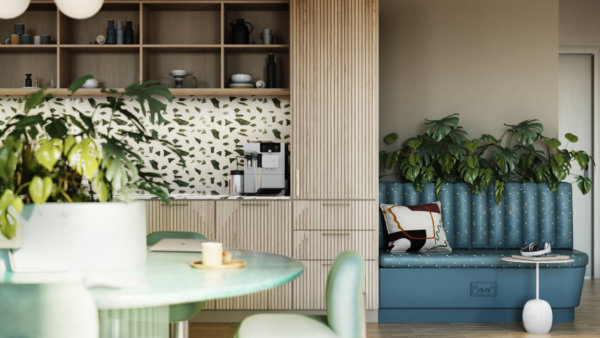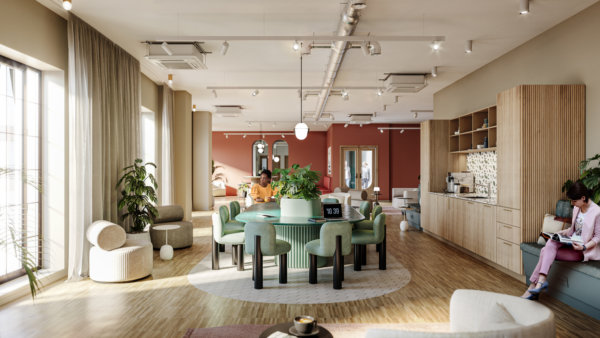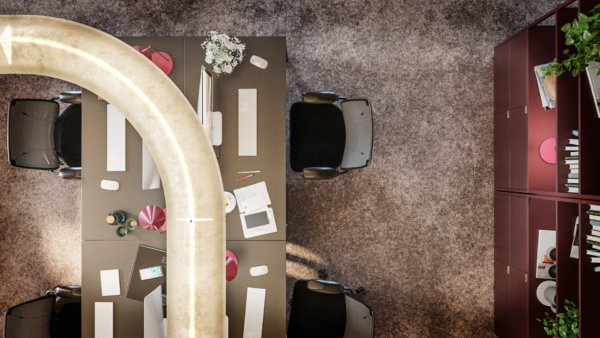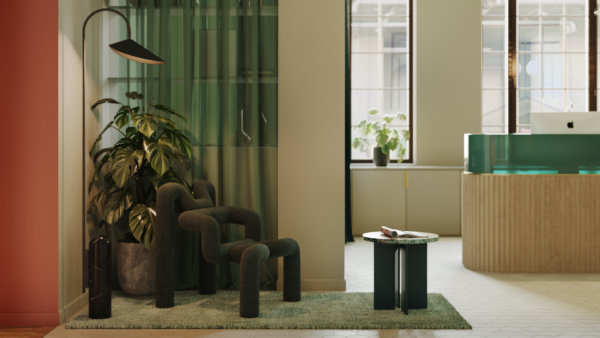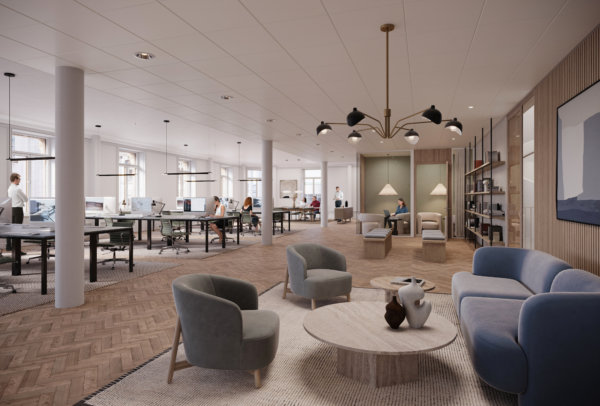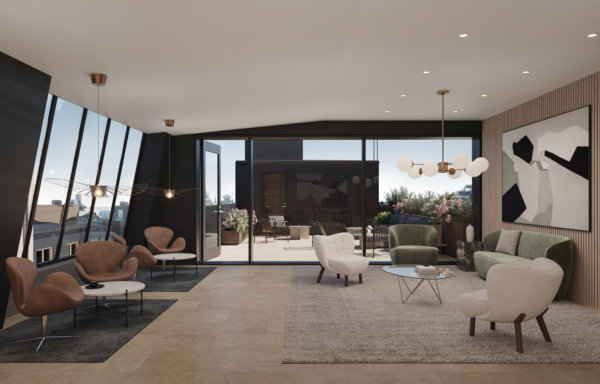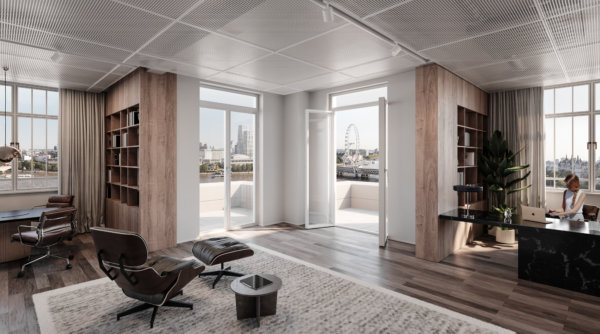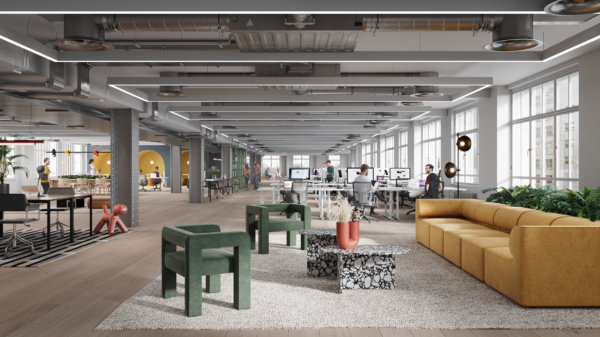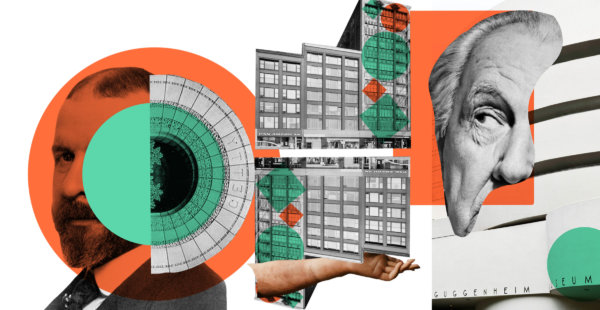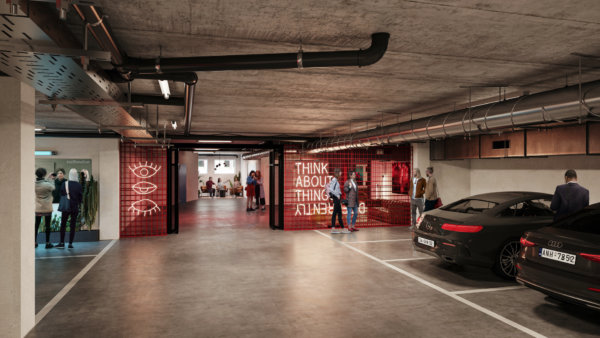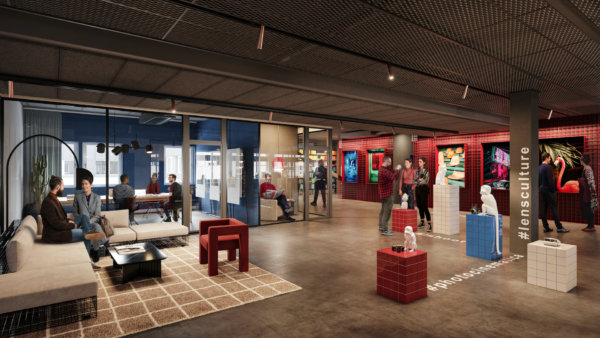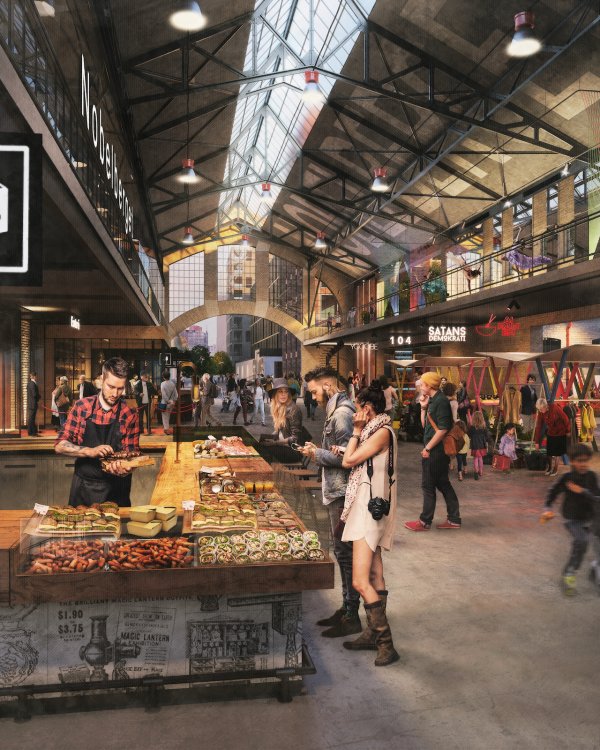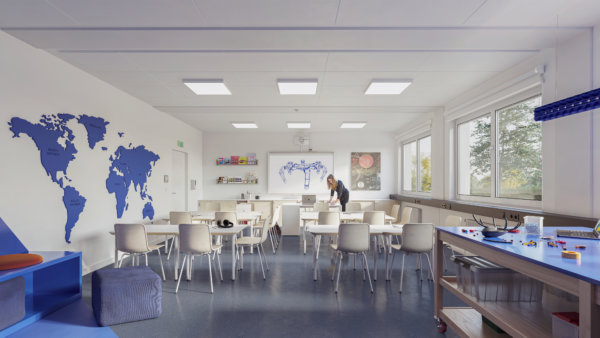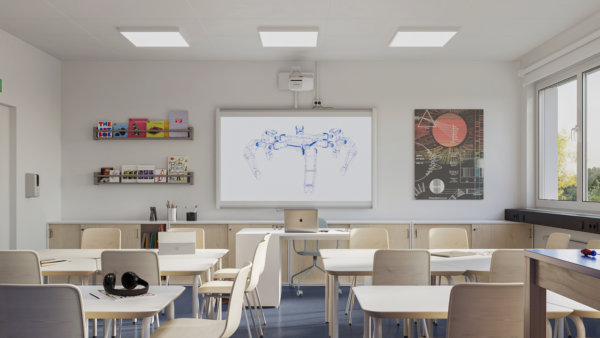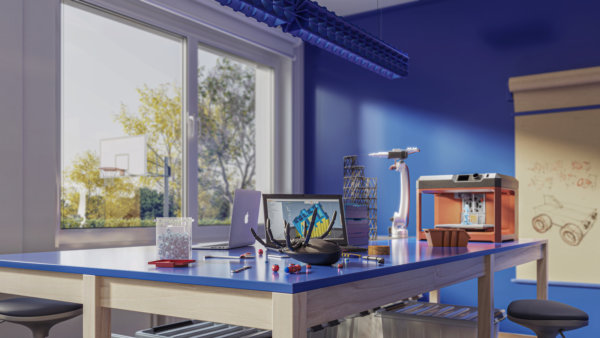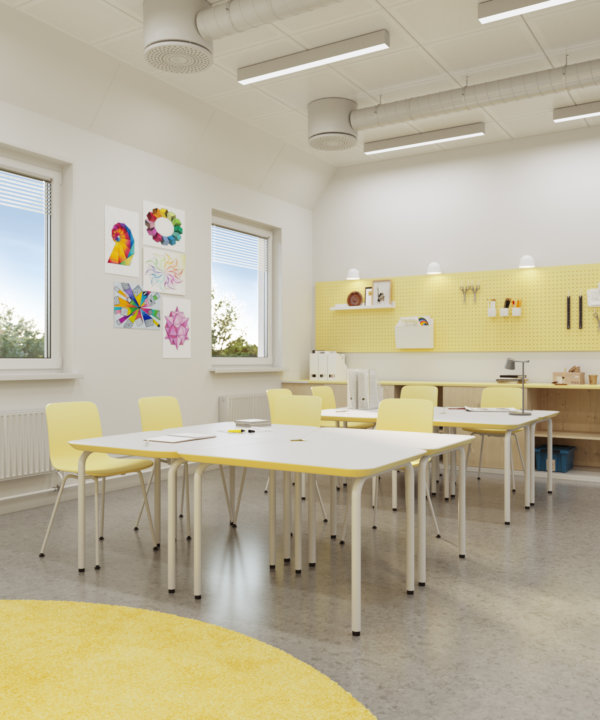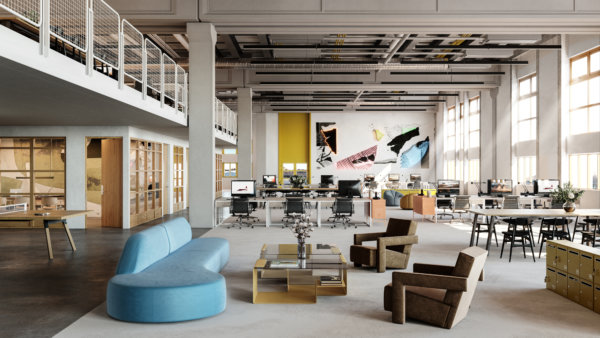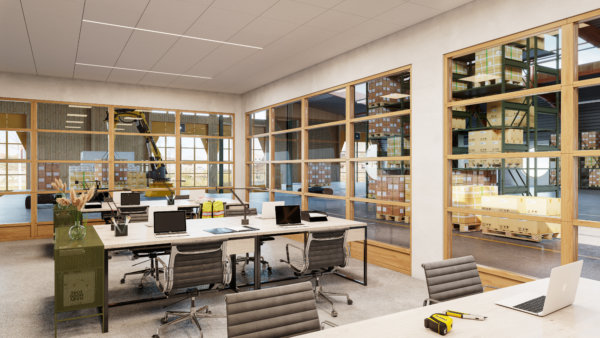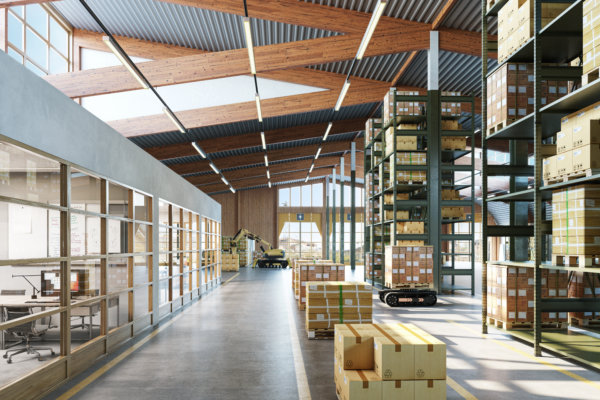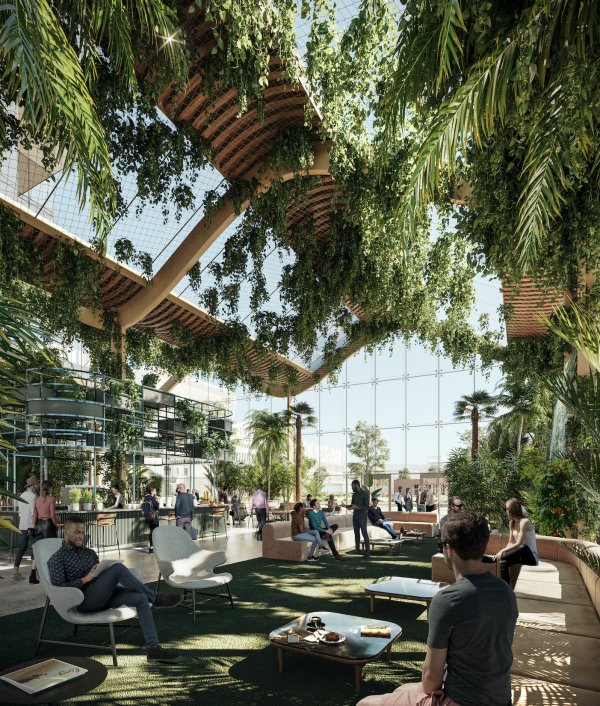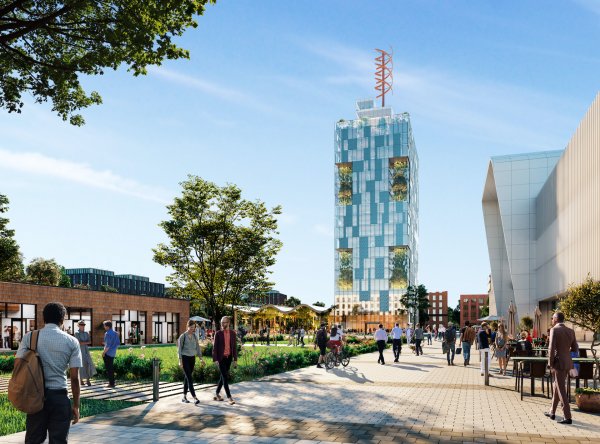Regent’s Wharf: Where History Meets Innovation
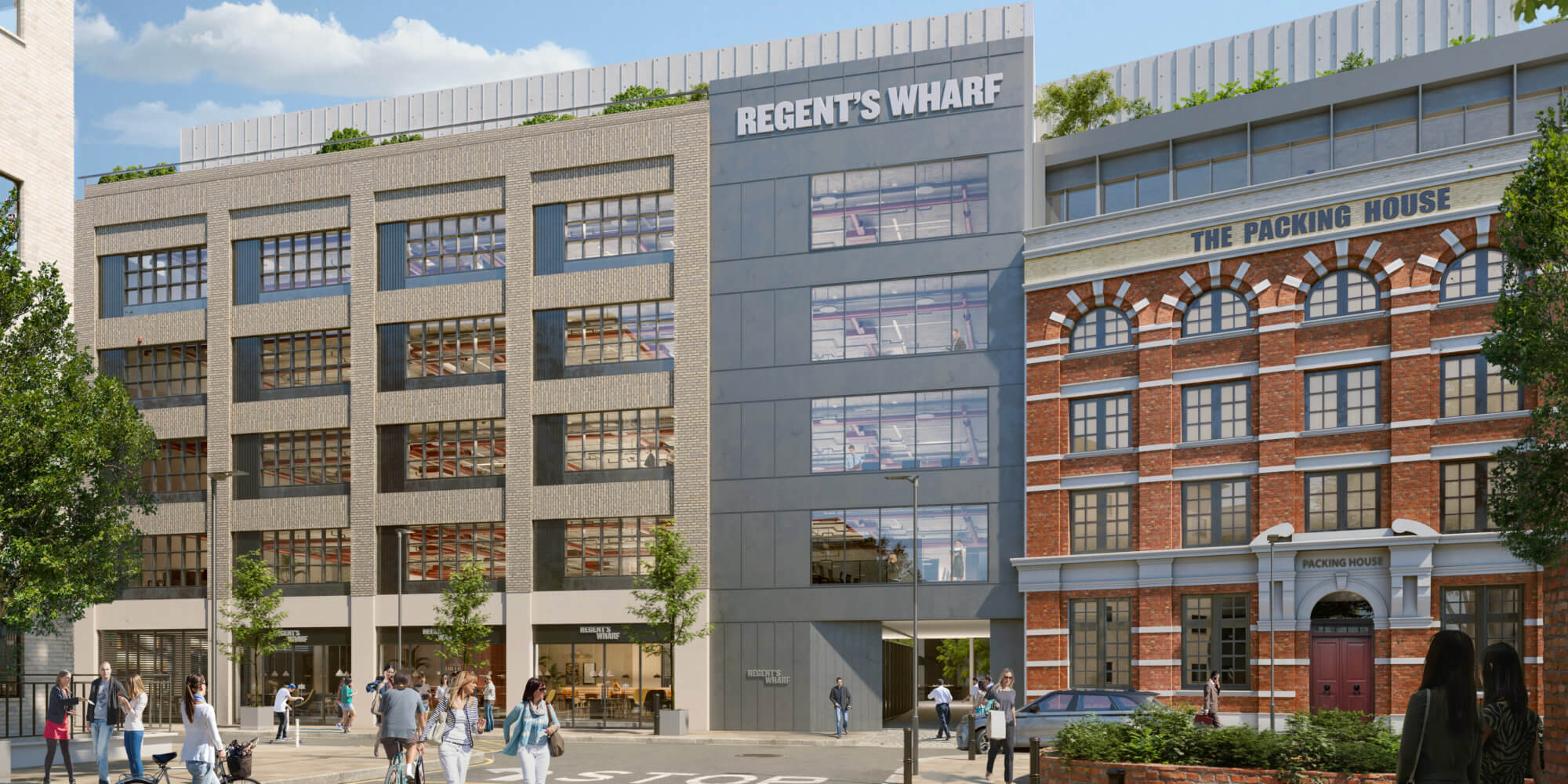
Regent’s Wharf: Where History Meets Innovation
A Legacy Rooted in Industry
In the annals of London’s industrial history, the story of Regent’s Wharf is one of resilience, adaptation, and innovation. The Industrial Revolution and the birth of North London’s railway network, made Regent’s Canal a lifeline for the city.
Originating from Paddington and extending to Camden Town before reaching the Thames in 1820, Regent’s Canal attracted enterprising visionaries who seized the opportunity to establish warehouses, workshops, and mills at what would become Regent’s Wharf. Its strategic location, where waterways met railways at King’s Cross, made it an ideal hub for commerce and trade.
As rail transport gained prominence throughout the 19th century, some contemplated converting the canal into railway tracks, but these plans thankfully never materialized.
A Glimpse into the Past
By 1849, maps began to depict Regent’s Wharf, which included a timber yard housing ‘Haggis and Sons The Caledonian Patent Sawing and Planing Mills.’ The site also served as the premises of Coles, Shadbolt and Company, known for their quicklime, a crucial component in the extensive construction projects catering to London’s booming population. Interestingly, this bright white lime was used to illuminate theaters at the time, coining the term ‘limelight.’
In 1857, Thorley’s Food for Cattle took over the site, transforming it into stables, a spice mill, packing offices, and warehouses. Over the years, Regent’s Wharf continued to evolve, attracting a diverse range of industries from packing to publishing, benefitting from its canal connections and the central King’s Cross location.
For over a century, Joseph Thorley’s Ltd, a family-owned business, reigned supreme in the industrial realm, creating and distributing ‘spicy aromatic condiments’ that enhanced the vitality of livestock worldwide. Their inventive products, marketed with captivating advertisements and collectible branding, earned them royal recognition in 1892. The history of Thorley’s as the iconic pig and colors lives on in the Regent’s Wharf brand.
The chosen renders highlight the thoughtful blend of retrofitted historic buildings with modern architecture, showcasing the client and architects’ sensitive yet bold approach. Particularly, the 360 courtyard view stands out as a central point where old meets new, showcasing this connection by revealing both the sensitive external design and different internal characters of each building.
– Josh Molnar, Architect and Project Manager for Regent’s Wharf
A Glimpse into the Future
As we fast forward to the present day, Regent’s Wharf stands as a testament to history’s resilience and innovation’s potential. Three historic buildings, carefully restored, will be complemented by modern spaces, creating an inspiring environment for the trailblazers and innovators of tomorrow.
The rich layer of history has defined the project architecturally and as a place with character. This is celebrated by naming each of the 4 interconnected buildings after their historic uses, ‘Thorley Works, Canal Building, The Mill, The Packing House.’ This sensitive approach to the project as a placemaking strategy is where our VisionWalk Solution really comes into play, by offering an orbital perspective of the building using infographics and allowing the user to open up the floorplans to understand how the interior connections of these buildings work.
– Josh Molnar, Architect and Project Manager for Regent’s Wharf
You can explore the Regent’s Wharf Vision Walk here.
This next-generation warehouse conversion ushers in the future of progressive work environments, where history and innovation coexist harmoniously. Here, at the intersection of heritage and cutting-edge design, Regent’s Wharf welcomes an ecosystem of grafters, trend setters and inventors.
A dream opportunity for a business and a dream project for us, thank you BentallGreenOak for entrusting us with this gem!
ARC Uxbridge: A best-in-class office and lab campus
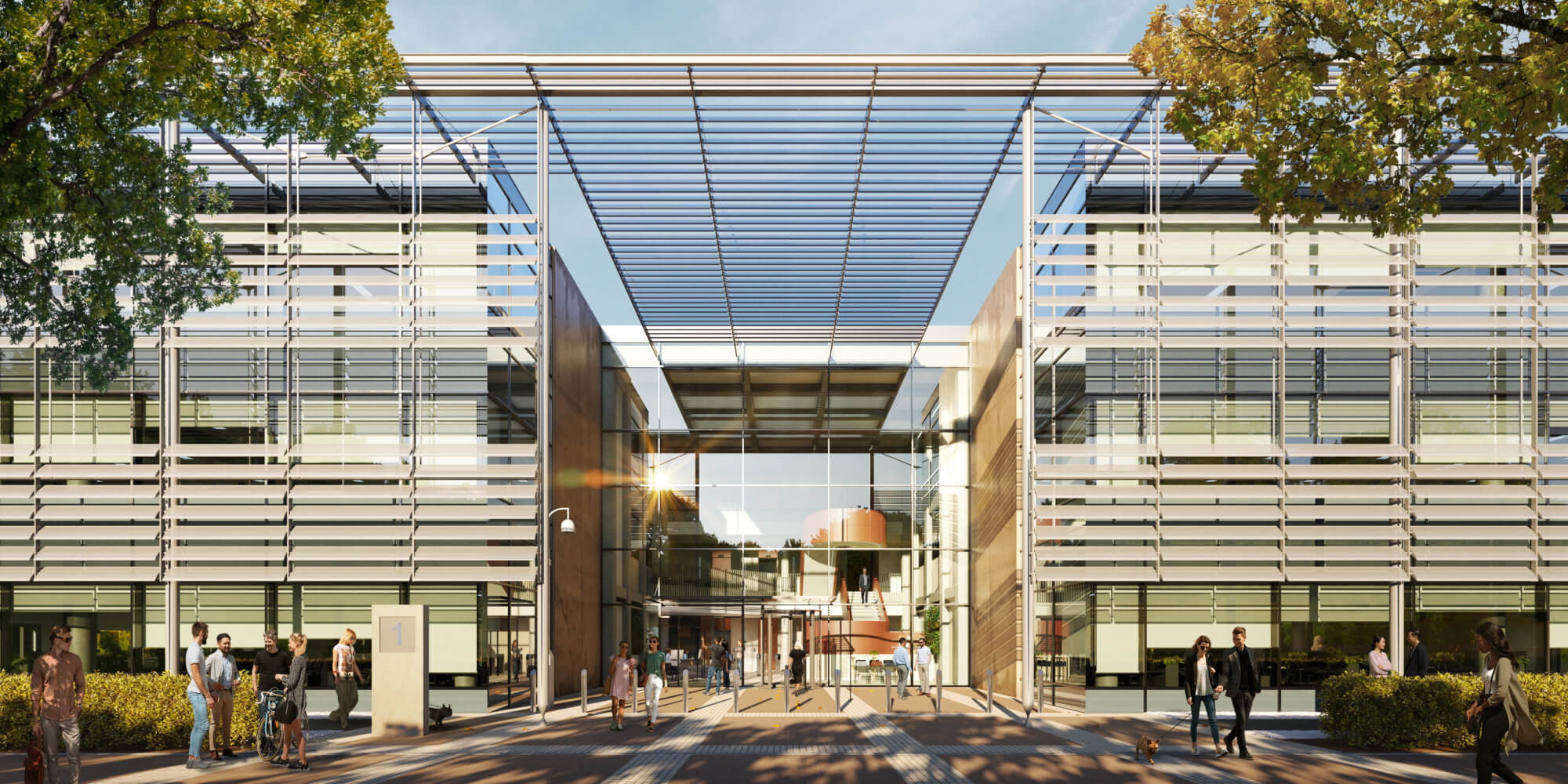
ARC Uxbridge: A best-in-class office and lab campus
The vision
ARC’s passion is supporting science and innovation businesses to thrive. By creating an environment that encourages collaboration and fosters creativity, clusters across the ARC network create the best possible environments for innovation that makes a difference in challenges faced around the world. Home to over 300 leading science and innovation organizations as well as over 10,000 employees, ARC offers access to a growing network with a range of exclusive benefits, including events, summits, training, profile, and access to space for away days and science sprints. ARC Uxbridge is for people who want to be part of an exciting innovation platform, and the refurbishment and all marketing materials needed to reflect that.
Originally constructed in 2001 as a solely occupied building, Building 1 has been well maintained and looked after, but it reflected its time and age. The market has ultimately moved on in terms of aesthetics and sustainability, among other things. The main goal of the brief given to the architects was that the building needed to be the best in the Thames Valley – modern but maintaining the inevitable professional feel that is needed at ARC Uxbridge. Spratley and Partners were brought on to design a market-leading finish that benefits from 50 acres of greenbelt, brilliant parking ratios, and pioneering on-site amenities.
The target audience
Historically, the campus has attracted Blue Chip multi-national organizations that solely occupied their own buildings. The pandemic has led to a change in the way people work and make use of office space, however, and flexible working practices have led to potential occupiers looking for less space but still of extremely high quality. ARC recognized this quickly and has been able to make improvements and adjustments to the campus to offer more flexible space, with options to let buildings to more than one occupier, leading to a broader target market. The main focus has been to allow members desk space in Adapt (their Serviced Office Provision) to benefit from all the amenities and benefits the park has to offer. ARC Uxbridge also has a rich history of pharma company occupation, which they have grown creating a pharmaceutical cluster.
The challenge
One of the main challenges in showing the unique selling points of ARC Uxbridge is that everyone sees a campus and a car park with expansive buildings, when ARC Uxbridge is much the opposite. The marketing materials needed to show the modern, thriving campus with best-of-breed facilities that it is.
Uxbridge has fantastic parking ratios, which is of extreme importance to members, but they also own 50 acres of greenbelt at the site with trim trails, preserved habitats, and lakes (which can be fished), so 71% of the park is natural green areas that are well maintained and well used. It was important show ample space for parking without taking away from the beauty of the surrounding green areas.
The goals for the assets were very much in line with the goals of the company to support innovation and create market-leading environments and clusters to allow the people working in them to make a difference in the world. To make this happen, the goals of the design were to allow for ultimate flexibility which allows ARC to entice smaller and larger members to create a buzzing, vibrant cluster.
The partnership with WtR
To illustrate the potential of Building 01, we created 6 CGIs to showcase how the office space could be brought to life to fit the needs of different prospective tenants. We also produced an animation to show Building 01 in the context of the broader surroundings of ARC Uxbridge and the vast amenities on offer.
There was a real feel of a partnership of ‘we want this to be perfect’ not ‘that will do’. We very much look forward to working with WtR again.
ARC reported positive feedback internally and from the agent community. They found the process of working with WtR to be “fluid, easy, and very enjoyable” and appreciated our adaptability when it came to last-minute changes. “The quality of the video is one of the best I have seen, and the CGIs look amazing in our marketing channel”, stated George Wilson, Asset Manager at ARC. “There was a real feel of a partnership of ‘we want this to be perfect’ not ‘that will do’. We very much look forward to working with WtR again.”
Working with WtR
Would you like to discuss how we could help you showcase your unique project? Get in touch! We’d love to discuss your needs and how we could deliver the optimal suite of assets needed to market your commercial property.
10 Beautiful Office Spaces to Inspire Your Next CRE Project
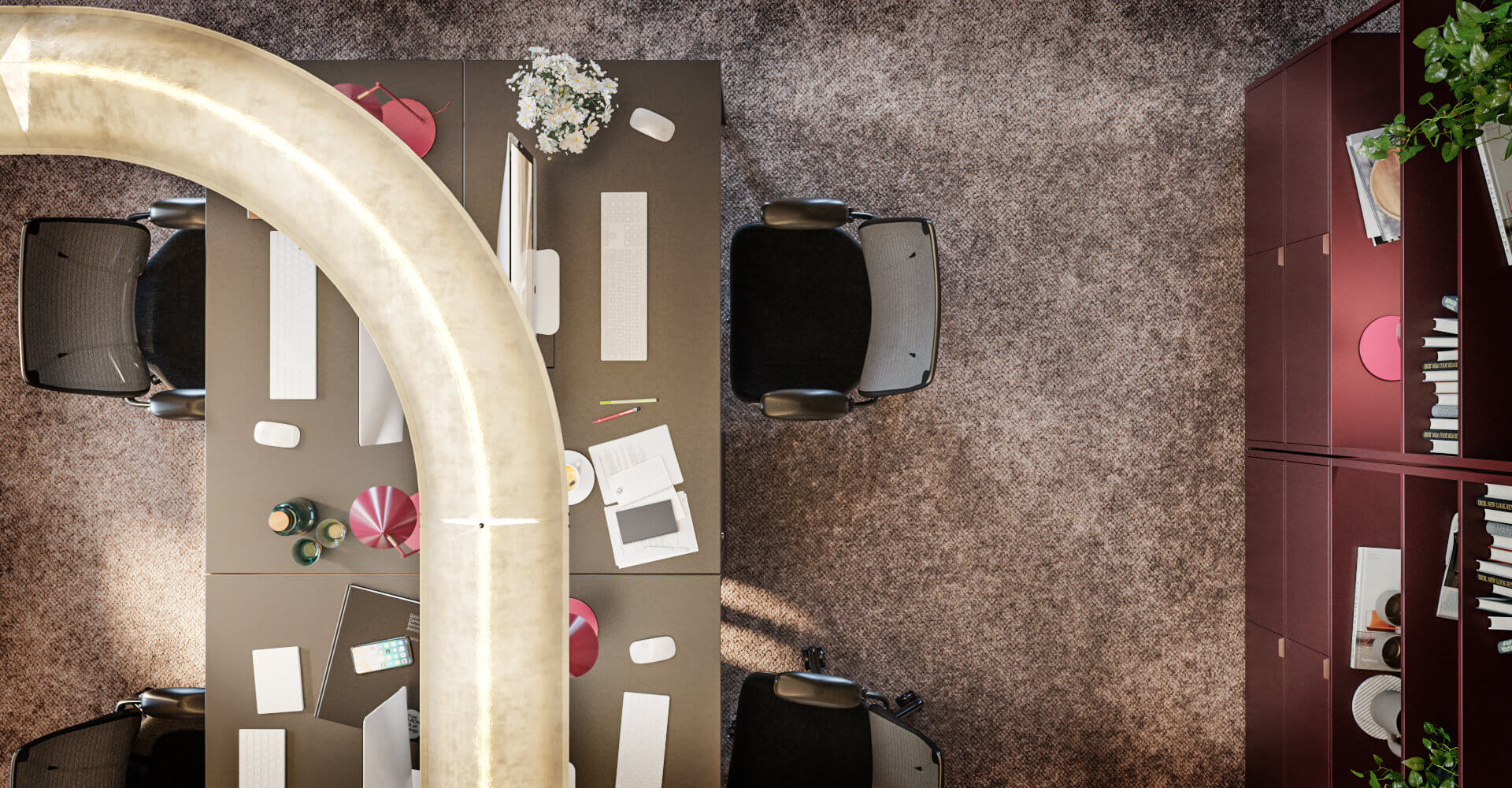
10 Beautiful Office Spaces to Inspire Your Next CRE Project
Spaces Chicago
Chicago, USA
Chicago is home to a buzzing business scene and the perfect spot for this co-working office by Spaces. The goal was to capture the energy and vibrancy of Chicago in a comfy and stylish space that would appeal to everyone from aspiring novelists to tech startup founders. Designed for peak productivity as well as a place to unwind and network with like-minded peers, this space has it all. What does it inspire you to do?
Finnslätten
Västerås, Sweden
Tenants of Finnslätten, developed by Kungsleden and designed by Tovatt Architects & Planners, are industry leaders and expect their office space to be representative of that. Industrial elements in the design reflect the aim to create an aesthetically pleasing and functional meeting place for future technological inventions. Finnslätten is a place where research, development, and production join forces to meet societal challenges.
Great Suffolk Yard
London, UK
Tailored Living Solutions’ Great Suffolk Yard is a mix of contemporary office space showcasing a sensitive restoration of eclectic 19th century warehouse style buildings, where the very best of modern design meets the industrial charm, character, and personality of Southwark London. Thoughtfully designed by architecture studio TDO for today’s discerning workforce, Great Suffolk Yard has brilliantly thought-out office spaces that will provide both functionality and inspiration to those who work there.
Sthlm 02
Stockholm, Sweden
The workplace looks a little different these days, and Skanska has taken that to heart with their vision for Sthlm 02. It’s a place where style meets functionality and flexibility to create an office space that meets today’s evolving needs. Covering 81,806 square feet over 7 floors, Sthlm 02 offers the opportunity to create an office environment with plenty of common spaces to inspire those who work there. Will they stop to chat with a colleague over a coffee in the chic café, brainstorm and develop ideas in the creative studio, or go straight to the green rooftop for some fresh air and a company yoga class. At Sthlm 02, anything is possible.
Linden Palais
Berlin, Germany
The Office Group (TOG) specializes in unique and beautifully designed co-working spaces around the world, and Linden Palais in Berlin doesn’t disappoint fans of TOG. One of the most important aspects for us as the 3D visualization partner was to convey the architectural history of the building by restoring the existing elements – herringbone parquet flooring, detailed ceilings, wall paneling, and curved archways – that tell the history of the building. Linden Palais is a very special space where the historical meets the modern in an office space that is a pleasure to both work and hang out in.
Frösunda Port
Solna, Sweden
Situated right in the mix of Solna, the Frösunda Port refurbishment project takes aim at strengthening the area’s identity both internally and externally. It will be transformed from a one-tenant house into one modern office building at the forefront, with sustainable solutions and common service functions for its tenants. FastPartner aims to revitalize the area, introducing modern amenities that will bring energized life to the people working there. Through the delivery of carefully positioned CGIs, we aimed to capture the magnitude of the eclectic mix of people and uses of the area.
Spaces Seattle
Seattle, USA
Creativity and beautiful brick buildings are abundant in Seattle, and this co-working office by Spaces utilizes both. Seattle is fast becoming a hotbed of growing startups, and Spaces Seattle offers a place for creative entrepreneurs and tech founders alike to flesh out their ideas and build their businesses. Brick and wood make up the bulk of the materials and give an earthy feel to this office space in a city synonymous with nature.
Liberty House
London, UK
Another co-working space from The Office Group makes our list of beautiful office spaces. Liberty House weaves together its creative heritage and iconic location to offer a vibrant place to work. Next to Liberty, the world-famous department store, Liberty House used to house stock and the employees of Liberty. Embracing the original character and charm of the space, we aimed to show it as it could be with restored original elements, such as the parquet floor, and reflect Liberty’s history with patterns, fabrics, and pops of color throughout.
Vildmannen
Stockholm, Sweden
From the ashes rises the phoenix of Vildmannen. This beautiful work of art located in central Stockholm, once the spot of a historical fire that was visible the entire city over, has undergone a massive renovation by Hufvudstaden & their partners. From tragedy rises one of Stockholm’s most beautiful office spaces to date. This new property is where cultural history meets the future. The opportunity to build something new from scratch inside a 120-year-old facade is very rare and working on these renders was a privilege.
80 Strand
London, UK
There are great office views, and then there’s 80 Strand. 80 Strand is a London icon, with 156,000 sq ft of flexible floor space in a beautiful and iconic riverside building. Stunning Art Deco features complemented by light-filled contemporary spaces with riverside views, positioned at the heart of a world-class cultural destination make this a highly sought-after office space. Who wouldn’t want a view of the London Eye from their desk?
Celebrating 4 Outstanding Architects and Designers from the LGBTQ Community

Celebrating 4 Outstanding Architects and Designers from the LGBTQ Community
Louis Sullivan
Louis Sullivan is known as the father of skyscrapers and his numerous works include the Auditorium Building in Chicago, the Guaranty Building (now the Prudential Building) in Buffalo, NY, and the Wainwright Building, St. Louis. Sullivan was a pioneer in designing steel-framed skyscrapers, but he’s also known for defining an architectural style unique to America. He believed a building should respond to its specific environment in the same way a plant would grow “naturally, logically, and poetically out of all its conditions.” You may have also heard his most famous quote – “form follows function”. As with many LGBTQ individuals of his era, his personal correspondence was destroyed toward the end of his lifetime. His legacy remains, not only in the form of revered architecture, but through his student, Frank Lloyd Wright, who apprenticed with him for six years.
Read more about him in Robert Twombly’s “Louis Sullivan: His Life & Work”.
Eileen Gray
Eileen Gray was an Anglo-Irish designer of decorative furniture and Modernist architecture. Gray came to architecture later in life after first studying drawing and painting at the Slade School of Fine Art. She was one of the first women to be accepted at The Slade, and that wasn’t the first time she’d carve out a space for herself in a male-dominated world. Ultimately, her passions lay elsewhere though, and she began experimenting with Japanese lacquerwork fused with geometry. She became interested in architecture in her late forties after a successful career in furniture design. She is best known for E-1027, a modernist villa in Cape Martin in Southern France. It’s an iconic seaside villa that she completed at the age of 51 with no formal architectural training. Gray was largely unrecognized in her own lifetime, but today she is regarded as a pioneer of the Modernist movement, and E-1027 is now a French National Cultural Monument.
Read more about her in “Eileen Gray: Her Life and Work: The Biography”.
Geoffrey Bawa
This is Geoffrey Bawa, Sri Lanka’s most renowned architect. He was born to a mother of German, Scottish, and Sinhalese descent and a father of Sri Lankan, Muslim, and French descent. It was these early influences that were instrumental in shaping his choices in both life and his future profession. He first studied and practiced law, but after the early deaths of his parents, he quit to spend time traveling. It was upon his return that he got his start in architecture after purchasing a rubber plantation called Lunuganga that he would go on to develop throughout his lifetime. Often called the father of the tropical modernist movement, Bawa’s style of architecture suited the hot, humid climate of Sri Lanka and focused on traditional materials. His influence can be seen across Sri Lanka, Bali, and Singapore. He’s perhaps best known for his hotel designs such as Kandalama Hotel. The structure of the luxury hotel was designed so that it hangs onto a cliff while facing Sigiriya rock.
Read more about him in “In Search of Bawa” by David Robson.
Elsie de Wolfe
This is Elsie de Wolfe, an American designer credited with creating interior design as a profession. Born in New York in 1865, de Wolfe was a socialite who spent her early years in Scotland and was presented to Queen Victoria at court – a rare honor for an American at that time. She originally trained as an actress, but became more famous for her on stage attire than her acting ability. She became a fashion icon and was even named “best-dressed woman in the world” in 1935. In 1887, de Wolfe settled into what was then called a “Boston marriage” with Elisabeth Marbury, a formidable figure in New York society who was wildly successful in her own right as a literary agent for the likes of Oscar Wilde, George Bernard Shaw, and many others. The two women shared a house on Irving Square, and it was there that de Wolfe discovered her talent and love for interior design. She was known for her hatred of the Victorian style of the time, which she considered hideous and dark. She opened up the space and redid the house in soft, warm colors to make it light, airy, and feminine. She became a professional decorator in 1905. That same year a group of powerful women, including Marbury, Anne Tracy Morgan, and Florence Harriman opened the first private club exclusively for women in NYC – The Colony Club. De Wolfe was commissioned to design the interiors. She was also active in the women’s suffrage movement and was awarded the Legion d’Honneur for giving the Red Cross the use of her villa in France during World War I.
Read more about her in her own book “The House in Good Taste”.
Did you enjoy our Pride Month campaign? Want to keep up with our latest news? Follow us on social media to stay up to date, meet interesting architects and designers, and to see beautiful 3D visualizations.
5 Unique CRE Ideas to Up-level Your Next Property
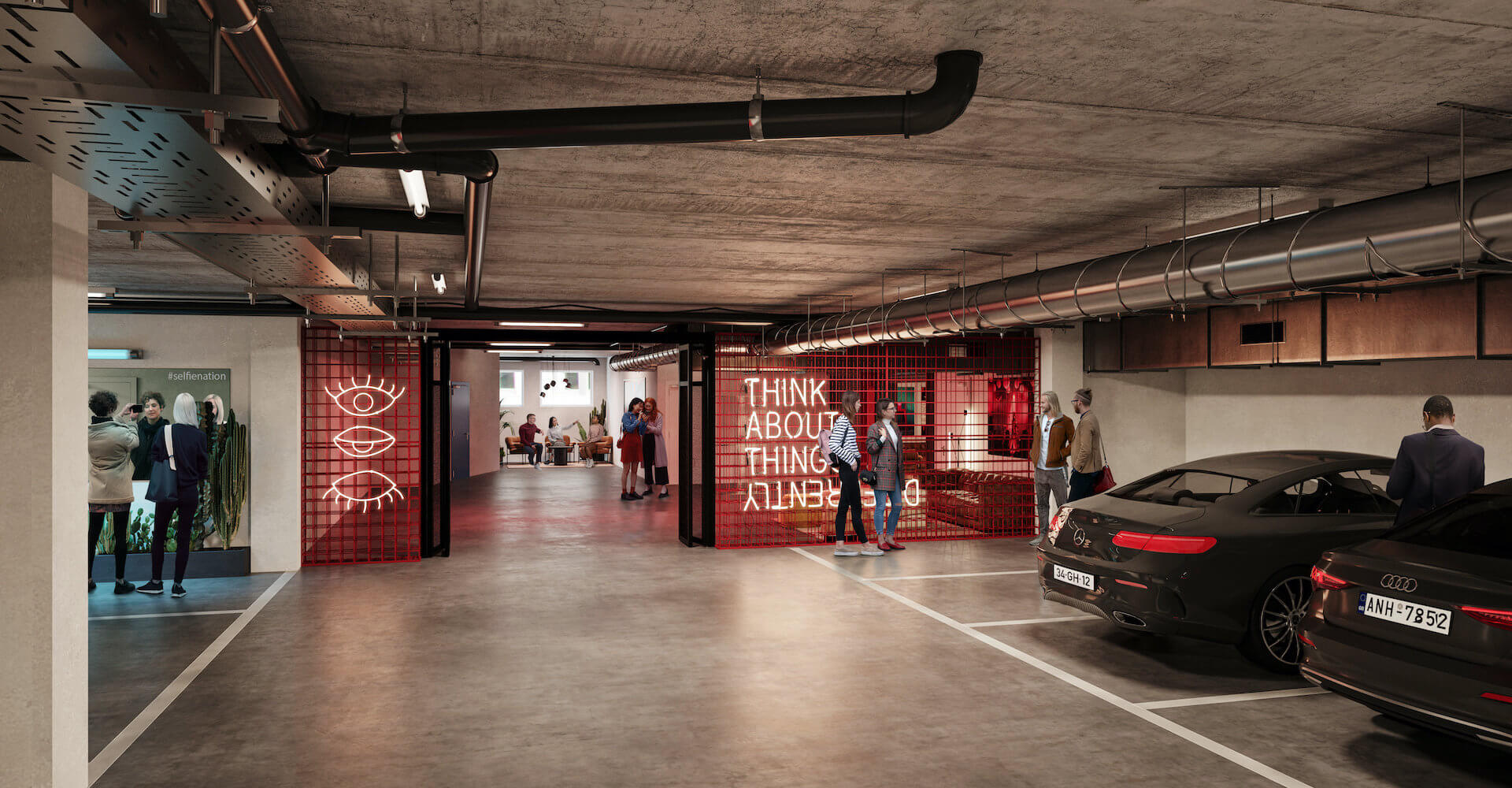
5 Unique CRE Ideas to Up-level Your Next Property
Car Park Transformation
A car park is just a car park. Until it isn’t. Kungsleden got creative with this car park in Stockholm and transformed into a multi-purpose space. Need a place to work? You’ll find it here. Need space for an art exhibition? Check. Want to open a pop-up shop? No problem. Oh and you can park your car here too.
Meatpacking District
When the municipality of Stockholm decided it was time to develop the meatpacking district, it presented a unique opportunity for whichever property developer won the deal. The ideas and plans had to be presented to the council and the competition was fierce. The winning idea by Atrium Ljunberg and Gatun revitalizes the area while staying true to its roots by creating spaces for art and commerce and keeping food at the heart. This massive, ongoing project will be fully realized by 2030.
Adaptable Schools
The world has changed and so have the schools. That’s the basis that Adapteo Group has created their adaptable, modular schools on. With modular technology, each school can be built according to specific needs and easily adapted when those needs inevitably change. Offering a cost-effective, low-maintenance, and quick solution, these school facilities can be provided for a few days or long-term. New ideas and mindsets call for flexibility – Adapteo ensures we’re ready for what the future brings.
The Terminal
Industrial spaces don’t have to be boring. And this refurbishment of the largest postal sorting office in Sweden by JLL is the perfect embodiment of that. The goal was to refurbish the space with creative offices that offered fantastic access to industrial space and warehouse logistics. The project resulted in a light-filled, clean, and minimalist warehouse with fun, green, and spacious offices.
Oasis in Finnslätten
You could be forgiven for thinking you’re outside when sitting in the lobby of this building in the urban campus of Finnslätten. Developed by Kungsleden and designed by Tovatt Architects & Planners, Finnslätten is already unique as an urban campus where research, development, and production join forces to meet societal challenges. But this oasis is a destination in itself. Whether you need 10 minutes to yourself or a meeting place to discuss creative ideas, you’ll find what you need there.

